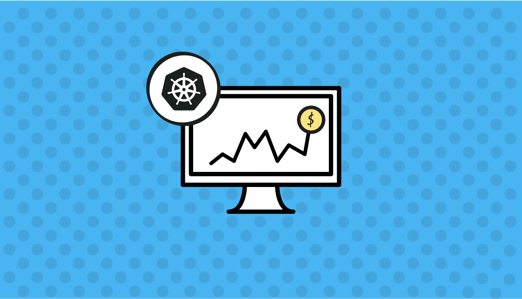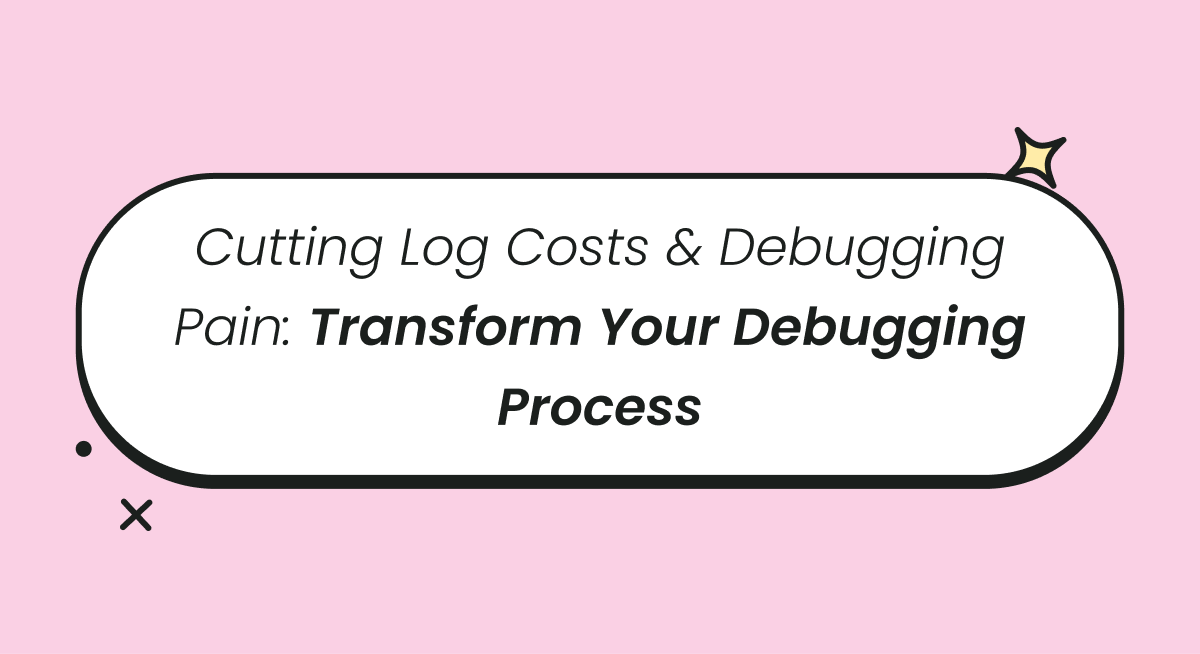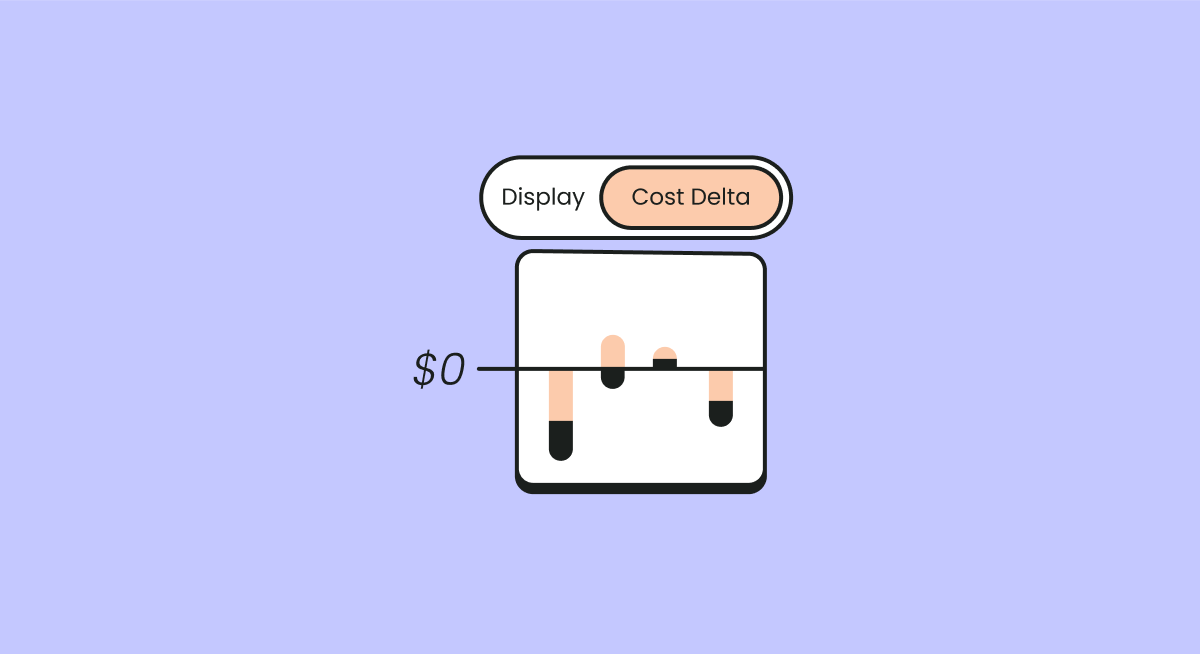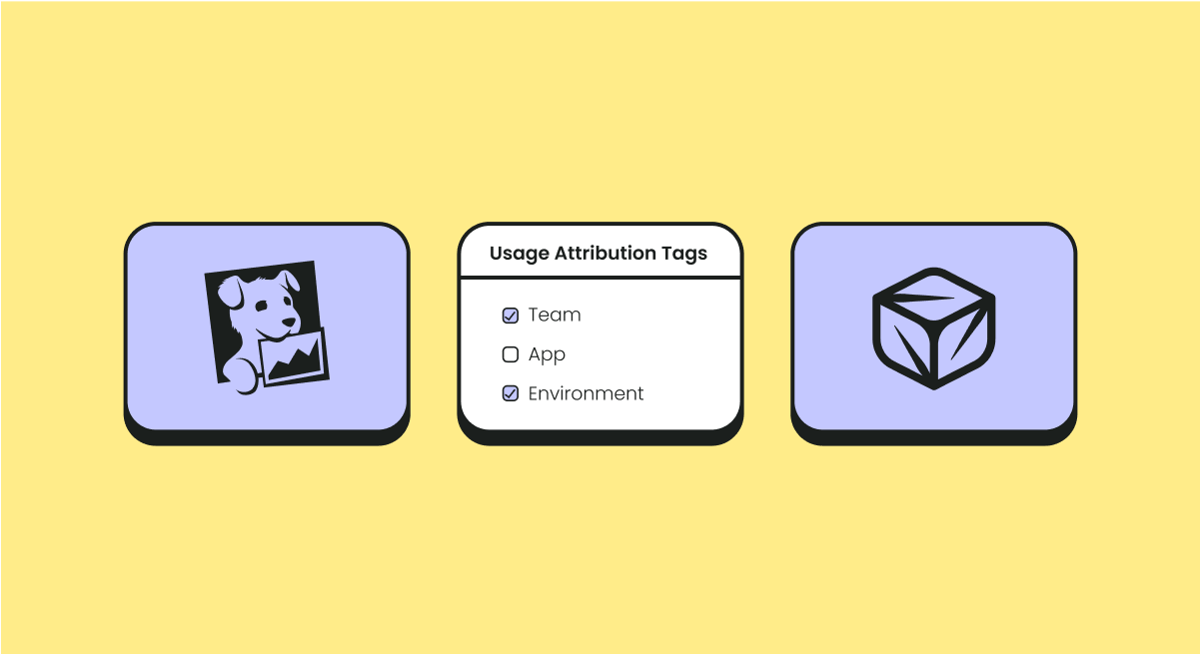
What Is Kubernetes Cost Optimization?
Kubernetes cost optimization involves managing and reducing expenses associated with operating Kubernetes clusters. It focuses on efficient resource allocation, ensuring that applications run with the resources they need, without over-provisioning. This process considers various factors like compute, storage, and network resources to identify cost-saving opportunities while maintaining performance and reliability.
Optimization strategies include adjusting the size and number of nodes, selecting appropriate instance types, and implementing auto-scaling. By carefully managing these resources, organizations can significantly lower costs. Effective optimization requires ongoing monitoring and adjustment to adapt to changing workloads and infrastructure needs.
This is part of an extensive series of guides about DevOps.
Related content:
- Read our guide to AKS Pricing
- Read our guide to GKE Cost Optimization
Why Is Kubernetes Cost Optimization Important?
As Kubernetes deployments grow in complexity and scale, the associated costs can quickly escalate if not carefully managed. Kubernetes is increasingly becoming a focus of IT financial management and FinOps practices because it is increasingly used to run mission-critical workloads of all types.
Cost optimization ensures that resources are used efficiently, avoiding unnecessary expenses. By controlling costs, organizations can allocate funds more strategically, investing in innovation and other areas critical to their mission.
Beyond financial benefits, cost optimization enhances operational efficiency. It helps teams avoid performance bottlenecks and downtime by aligning resource allocation with application requirements.
The Four Factors of Kubernetes Cost
Kubernetes itself is free, but running it requires computing resources, which have a significant cost, whether you run on-premises or in the cloud. When running on-premises, you need to provision hardware to run Kubernetes nodes and deploy networking infrastructure. In the cloud, these resources are typically priced per actual usage, and there might also be a cost for managed Kubernetes services. Let’s break down these costs.
1. Compute Costs
Compute costs relate to the processing power required to run applications on Kubernetes. These costs can fluctuate based on the chosen instance types, the number of nodes, and their utilization rates. Optimal node sizing and instance selection are crucial for minimizing costs without sacrificing performance.
Auto-scaling of Kubernetes clusters enhances cost efficiency by automatically adjusting resource levels based on demand. This ensures that clusters use resources optimally, scaling up during peak loads and down during low usage periods, effectively managing compute costs.
2. Storage Costs
Storage costs in Kubernetes are determined by the amount of data stored and the storage class used. Costs can vary significantly based on whether the storage is SSD or HDD, and its performance characteristics. Efficient data management and appropriate storage class selection can lead to cost savings.
Implementing policies for data retention and deletion helps avoid paying for unnecessary storage. Regularly evaluating storage needs and adjusting allocations can further optimize costs, ensuring that storage resources match application requirements.
3. Network Costs
Network costs in Kubernetes stem from data transfer and bandwidth usage within clusters and between clusters and external services. In the cloud, intra-cluster communication is typically free, but communication with external services might incur fees. When operating on-premises, networking does not have a direct cost, but a high volume of network traffic might require investment in more robust network infrastructure.
Networking costs are affected by the architecture of the deployed applications and the data flow between components. Efficient network design and reducing communication with external services can decrease costs. Utilizing network policies to control traffic flow and employing services like ingress controllers can optimize network usage, reducing unnecessary data transfers and associated costs.
4. External Cloud Services Costs
External cloud services costs relate to the use of third-party services and APIs within Kubernetes clusters. These costs depend on the services used, their pricing models, and the volume of calls or data exchanged. Careful selection and efficient use of these services can reduce expenses.
Monitoring and analyzing the use of external services help identify cost-saving opportunities, such as caching responses or consolidating API calls. Negotiating volume discounts or choosing alternative providers can also lower costs.
Many organizations also use cloud services like Google Kubernetes Engine (GKE), Amazon Elastic Kubernetes Services (EKS), or Azure Kubernetes Services (AKS) to manage their Kubernetes clusters. These services can reduce much of the administrative burden associated with Kubernetes but typically charge a flat fee per cluster per hour.
Learn more in our detailed guide to Kubernetes pricing
Kubernetes Cost Optimization Challenges
Dynamic and Complex Infrastructure
Kubernetes' dynamic nature presents optimization challenges. The constantly changing infrastructure, driven by auto-scaling and ephemeral workloads, makes it difficult to predict costs accurately. This complexity necessitates sophisticated monitoring and management tools.
Organizations must adapt their cost optimization strategies frequently to keep pace with the changing environment. This involves continuously evaluating resource usage and adjusting configurations to ensure cost efficiency.
Limited Visibility into Kubernetes Costs
Limited visibility into Kubernetes costs stems from the complexity of container orchestration. Traditional monitoring tools may not provide detailed insights into container-level resource usage, making it challenging to identify inefficiencies.
Implementing Kubernetes cost management tools can improve visibility. These tools help attribute costs to individual applications or teams, enabling more targeted optimization efforts.
Misaligned Incentives
Misaligned incentives between teams can hinder cost optimization. Developers may prioritize performance and functionality over cost, leading to over-provisioning. Without clear cost accountability, inefficiencies may persist.
Establishing policies that align team incentives with cost optimization goals can alleviate this issue. Encouraging collaboration between finance, operations, and development teams, a practice known as FinOps, ensures that cost considerations are integral to decision-making processes.
Wasted and Idle Resources
Wasted and idle resources represent significant cost inefficiencies within Kubernetes environments. Idle resources are those that are allocated but underutilized or not used at all, such as over-provisioned nodes, idle CPUs, or unclaimed storage. Wasted resources can occur from misconfigured deployments, unnecessary pods, or orphaned volumes that continue to incur costs.
To combat waste, organizations can implement more aggressive down-scaling policies and employ resource quotas to cap the resources that a particular service or pod can use. Additionally, regular audits of resource usage can help identify and eliminate idle or underutilized resources. Tools such as the Kubernetes metrics server and custom scripts can aid in monitoring and managing these resources effectively.
Tagging and Allocation Issues
Proper tagging and resource allocation are crucial for cost management in both single-tenant and multi-tenant Kubernetes environments. Tagging resources correctly ensures that costs can be accurately attributed to the correct department, team, or project. This is especially important in multi-tenant architectures where multiple teams or projects share the same cluster resources.
In single-tenancy, tagging helps in tracking resource utilization on a per-project or per-application basis, facilitating precise cost allocation and budgeting. In multi-tenancy, it assists in the fair distribution of costs among all tenants according to their actual usage, which is critical for billing and service quality management.
Should You Use Open Source Kubernetes Cost Solutions?
There are several open source tools you can use to get detailed insights into where and how resources are being consumed in a Kubernetes cluster, helping to manage costs.
For example, OpenCost (see the GitHub repo), a project managed by the Cloud Native Computing Foundation (CNCF), provides granular cost data and optimization recommendations for Kubernetes deployments. It integrates with existing cloud billing data to offer cost analysis and control capabilities. Key features include:
- Granular cost data: Offers detailed views of costs at the pod, service, and cluster level.
- Optimization recommendations: Provides actionable suggestions to optimize resource usage and reduce costs.
- Multi-cluster support: Enables cost tracking and management across multiple Kubernetes clusters.
- Customizable reports: Users can create custom reports for better cost tracking and accountability.
However, open-source tools like OpenCost come with several important limitations:
- Complexity in setup and maintenance: Implementing and maintaining these tools can require significant technical expertise. Organizations must invest time in configuring and customizing the tools to fit their specific environments.
- Scalability issues: As Kubernetes deployments grow, open source tools may struggle to scale efficiently, and may not be effective in very large environments.
- Limited support: Relying on community support means that responses to issues may not be as timely or thorough, a serious consideration given that cost data is business-critical.
- Feature limitations: While open source tools are continuously improving, they may lack certain advanced features offered by commercial products, such as predictive analytics for cost optimization or integrated financial governance.
6 Tips for Reducing Kubernetes Costs
1. Right-Size Your Resources
Right-sizing resources in Kubernetes involves adjusting the allocation of computing power to match the actual needs of the applications as closely as possible. This prevents over-provisioning, where resources sit idle, and under-provisioning, where resources are insufficient to meet demand. To right-size effectively, you should regularly analyze workload performance data and resource utilization patterns. Tools such as Kubernetes Horizontal Pod Autoscaler can help dynamically adjust resources to the current needs based on real-time metrics like CPU and memory usage.
Another aspect of right-sizing is choosing the appropriate type of instances for different workloads. For instance, memory-optimized instances might be beneficial for data-intensive applications, while compute-optimized instances could serve computational-heavy applications better. Periodic reviews of instance performance and costs can lead to significant savings, especially when combined with reserved instances or spot instances for non-critical or flexible workloads.
2. Fine-Tune Service Horizontal Scaling
Horizontal scaling in Kubernetes allows you to adjust the number of pods in a deployment dynamically, which is crucial for both performance and cost optimization. Fine-tuning this mechanism involves setting appropriate thresholds for scaling up and down. This can be achieved by defining clear metrics and conditions in the Horizontal Pod Autoscaler to dictate when new pods should be launched or terminated. Effective scaling policies ensure that you have enough pods to handle the load without over-provisioning.
It's also important to consider the scaling latency, which is the delay between when a scaling need is identified and when additional pods become operational. Optimizing the start-up time of your containers can reduce this latency. Furthermore, combining horizontal scaling with load balancing strategies ensures efficient distribution of traffic among pods, enhancing both performance and cost-efficiency.
3. Properly Adjust Rates and Limits
Setting appropriate request rates and limit ranges in Kubernetes can prevent resource wastage and ensure that applications perform optimally under various load conditions. Request rates define the minimum resources required by a container, and should be set based on historical data to avoid overallocation. Limit ranges specify the maximum resources a container can use, protecting other applications in the cluster from resource starvation due to a single application's peak demand.
By fine-tuning these parameters, you can optimize container performance and prevent scenarios where excess resources are consumed unnecessarily. It's beneficial to employ monitoring tools that provide alerts when thresholds are breached, facilitating timely adjustments.
4. Optimize Storage Usage
Effective storage management is critical for optimizing costs in Kubernetes. This involves selecting the right storage types and sizes based on the needs of the applications. For instance, using high-performance SSDs for I/O-intensive applications can be cost-effective despite their higher price, due to the enhanced performance they offer. Conversely, less critical data can be stored on cheaper HDDs or offloaded to archival storage tiers which are less expensive.
Implementing data lifecycle policies, such as automatic deletion of outdated data or movement of infrequently accessed data to lower-cost storage tiers, can also yield cost savings. Additionally, enabling features like deduplication and compression can significantly reduce the amount of physical storage required, thereby reducing costs.
5. Share Clusters and Implement Multi-Tenancy
Sharing Kubernetes clusters across multiple projects or teams, a practice known as multi-tenancy, can drastically reduce costs. Multi-tenancy maximizes resource utilization by distributing the overhead costs of the cluster infrastructure across several users or groups. Implementing effective isolation policies, such as namespaces and resource quotas, ensures that each tenant uses only their allocated share of resources, preventing one tenant from impacting others negatively.
Additionally, the use of network policies to manage and restrict communications between the workloads of different tenants can enhance security while optimizing network resource usage. Regularly reviewing and adjusting tenant resource allocations based on usage patterns ensures that the cluster resources are used efficiently.
6. Implement Cost Monitoring and Reporting
Implementing comprehensive monitoring and reporting systems is essential for continuous Kubernetes cost optimization. These systems should track resource usage and associated costs in real-time, providing visibility into how resources are consumed by different applications or teams. Kubernetes cost monitoring tools can help identify inefficiencies and potential savings by offering detailed insights and analytics.
Effective reporting involves setting up dashboards that highlight key performance indicators and cost metrics, enabling stakeholders to make informed decisions about resource management. Regular reports should be reviewed by both technical and financial teams to align Kubernetes usage with budgetary constraints and operational goals.
Why you should consider Finout when managing Kubernetes costs
Finout's FinOps solution excels in managing complex Kubernetes environments by enabling dynamic shared cost reallocation across the entire infrastructure. This capability is crucial for businesses operating in multi-cloud or hybrid environments, where cost attribution can become complicated due to the intermingling of resources across different platforms and services.
The ability to perform on-the-fly cost reallocation allows Finout to provide a nuanced view of financial data, aligning costs with actual usage. This is especially beneficial in Kubernetes settings where resources are dynamically scaled and vary significantly between teams or projects. By reallocating costs based on current usage, Finout ensures that each department or project is accurately charged for the resources they consume, enhancing accountability and promoting efficient resource use.
Moreover, Finout’s robust allocation features support complex financial management tasks such as showback and chargeback, making it easier for organizations to understand their spending and make informed budgeting decisions. This level of financial granularity and control is essential for companies looking to optimize their cloud expenditure and maximize their return on investment in cloud technologies.
See Additional Guides on Key DevOps Topics
Together with our content partners, we have authored in-depth guides on several other topics that can also be useful as you explore the world of DevOps.
GitOps
Authored by Codefresh
- What is GitOps? How Git Can Make DevOps Even Better
- GitOps vs. DevOps: How GitOps Makes DevOps Better
- GitOps Tutorial: Getting Started with GitOps & Argo CD in 7 Steps
Cloud Cost Optimization
Authored by Anodot
- Top 13 Cloud Cost Optimization Best: Practices for 2024
- What Is Cloud Computing TCO (Total Cost of Ownership)?
- The 4 Factors Influencing Cloud Spend & 6 Ways to Optimize It
Configuration Management
Authored by Configu








